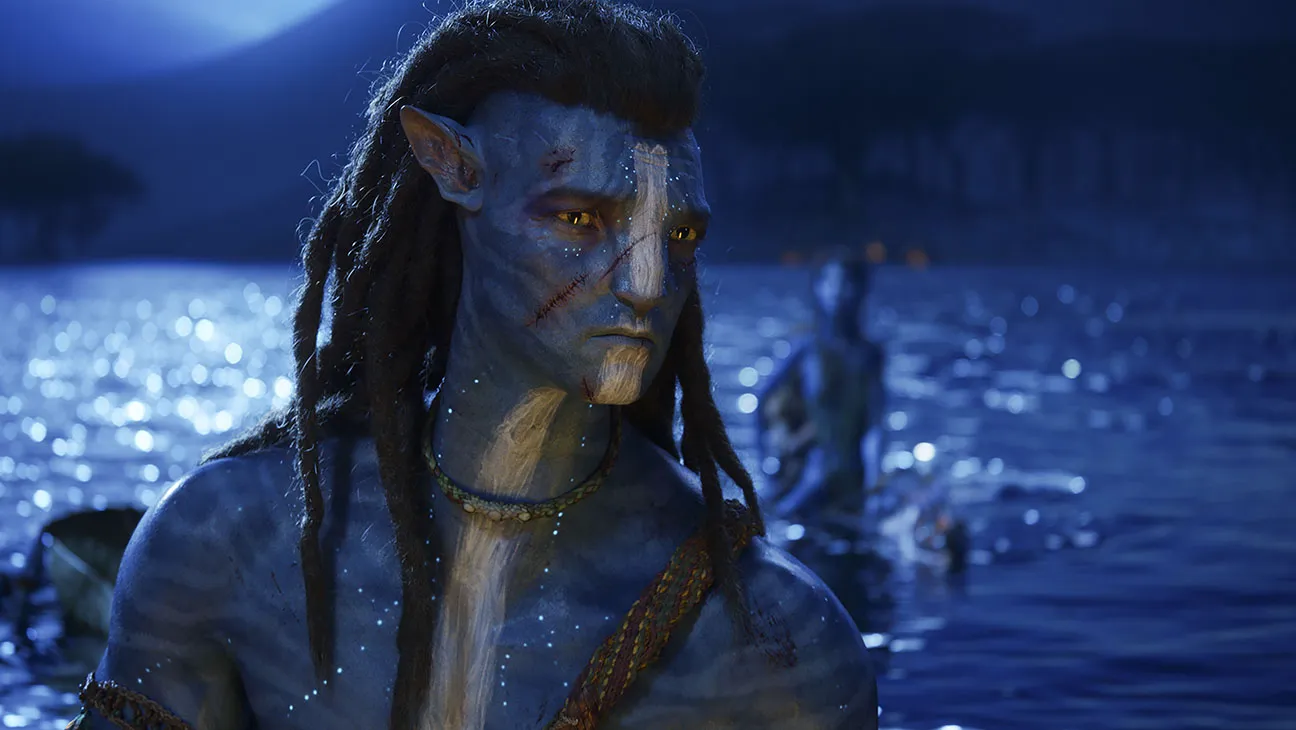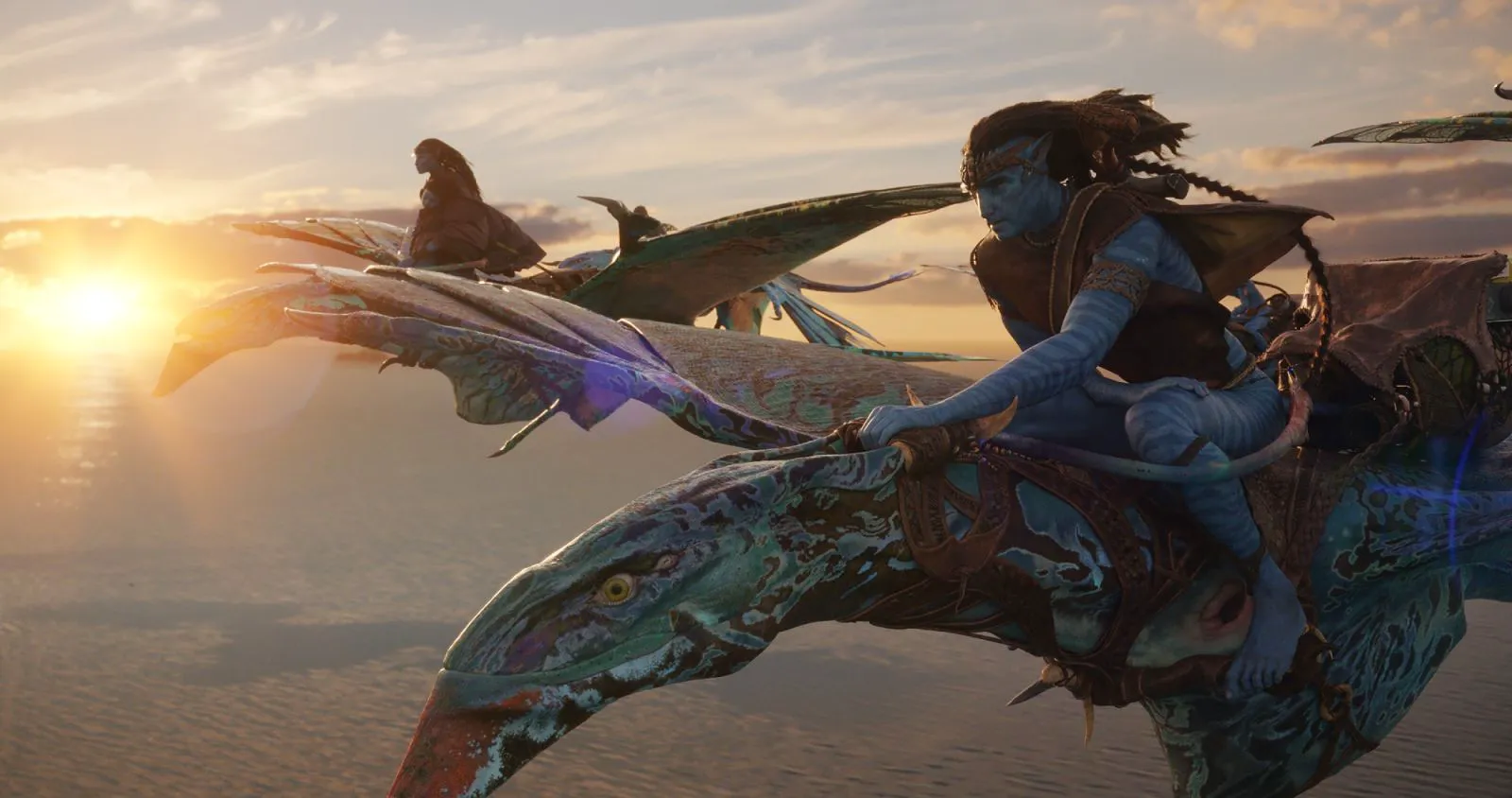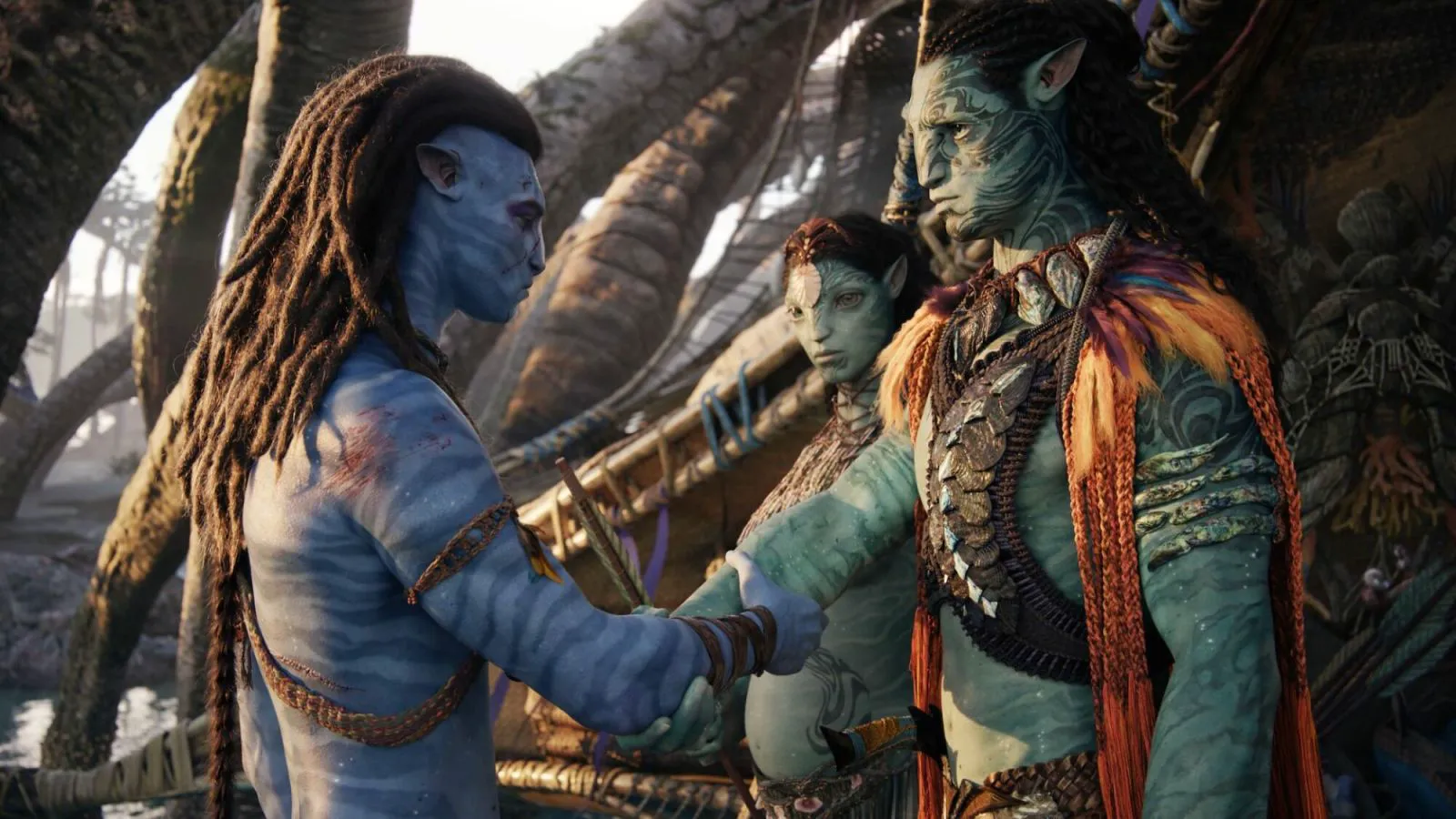Avatar: The Way of Water - A Deep Dive Back into Pandora
In 2009, the cosmic saga about blue aliens captivated imaginations with its incredible visual palette, shattered box office records, and generally seemed like the beginning of a monstrous fantasy saga poised to rival “Star Wars,” “The Lord of the Rings,” or even “Harry Potter.” However, as it turned out, “Avatar” director James Cameron had his own plan for conquering the cinematic world, where speed and meeting audience expectations were clearly low priorities. Thirteen years later, what had seemed like a distant dream has finally materialized – the story of the valiant marine Jake Sully has received its long-awaited continuation.
A Decade Later: Family and New Threats
A good decade has passed since the events of the first “Avatar.” Jake (Sam Worthington), now the new leader of the Na’vi people, lives a happy family life with Neytiri (Zoe Saldana). The couple has three children – two boys and a girl. The Sully family also adopted the child of the deceased Dr. Augustine (Sigourney Weaver), who mysteriously appeared after her death. As often happens, the heroes’ happiness is short-lived: the vengeful Colonel Miles Quaritch (Stephen Lang) is reborn as an Avatar and begins preparing a new invasion of Pandora, this time with the aim of finally avenging himself on the traitor Sully.

A scene from “Avatar: The Way of Water”
Immersion in the Depths: Water as a Guiding Force
Surprisingly, the most important factor in the concept of the second “Avatar” is its location – the events of the sequel have moved from the surface of Pandora to its seabed. Moreover, water in “Avatar” not only shapes the overall picture but also emphasizes the semantic part of the film, based on themes of spiritual search, the cyclical nature of life, and energy balance. Water, as the most esoteric of the world’s elements, teaches the main characters to adapt to the boundless mechanism of the Universe not through rational understanding, but through a sensual symbiotic experience – a complete union with the world at the level of soul and heart. Considering that the script for the new “Avatar” was written back in the first decade of the 2000s, it can be said with certainty that Cameron, in a sense, looked into the future and predetermined the development of socio-cultural sentiments for the coming years. Now, as magical realism gains a new wave of popularity, a blockbuster about moving away from a pragmatic perception of life to a spiritual one seems more timely and relevant than ever.

A scene from “Avatar: The Way of Water”
Action and Visual Spectacle
But, of course, “Avatar” is primarily an action film, an incredibly large-scale adventure film with a detailed universe, where, in addition to the Na’vi, there are now other alien peoples with their own ancient culture, rich flora and fauna, as well as an original language that requires great skill to master. In “The Way of Water,” you can see how much the capabilities of technical effects have jumped in recent years, and the dizzying camera flights of Cameron’s constant cinematographer Russell Carpenter can only be admired with awe.

A scene from “Avatar: The Way of Water”
Familiar Themes in an Alien World
The journey to the bottom of the ocean goes without any particular surprises – there are no shots of the Mariana Trench itself, for which the director risked his health for a whole five seconds, but perhaps this is for the best. The presence of something familiarly earthly in this picture, perfect in its unreality, seems frankly wrong and even sinful. This is exactly how the fanatical white invaders under the leadership of Colonel Quaritch are perceived, whose imperialistic ambitions no longer seem so cartoonish. However, the character of the colonel himself is still far from the image of a truly developed villain, but his role here is not so important, and the personal growth of the main characters requires a large amount of screen time.
At the same time, despite the extremely high level of pathos in the dialogues, the fictional nature of the events, and the extraterrestrial landscapes, the plot of the second “Avatar” appeals as much as possible to the modern human consciousness, touching on the pain points of our history, because in recent years they have only become sharper. There is criticism of colonialism, which works much better than in the recent “Black Panther,” and a rethinking of the global migration crisis, and a clear call to abandon the black-and-white vision that divides the world into “us” and “them.”